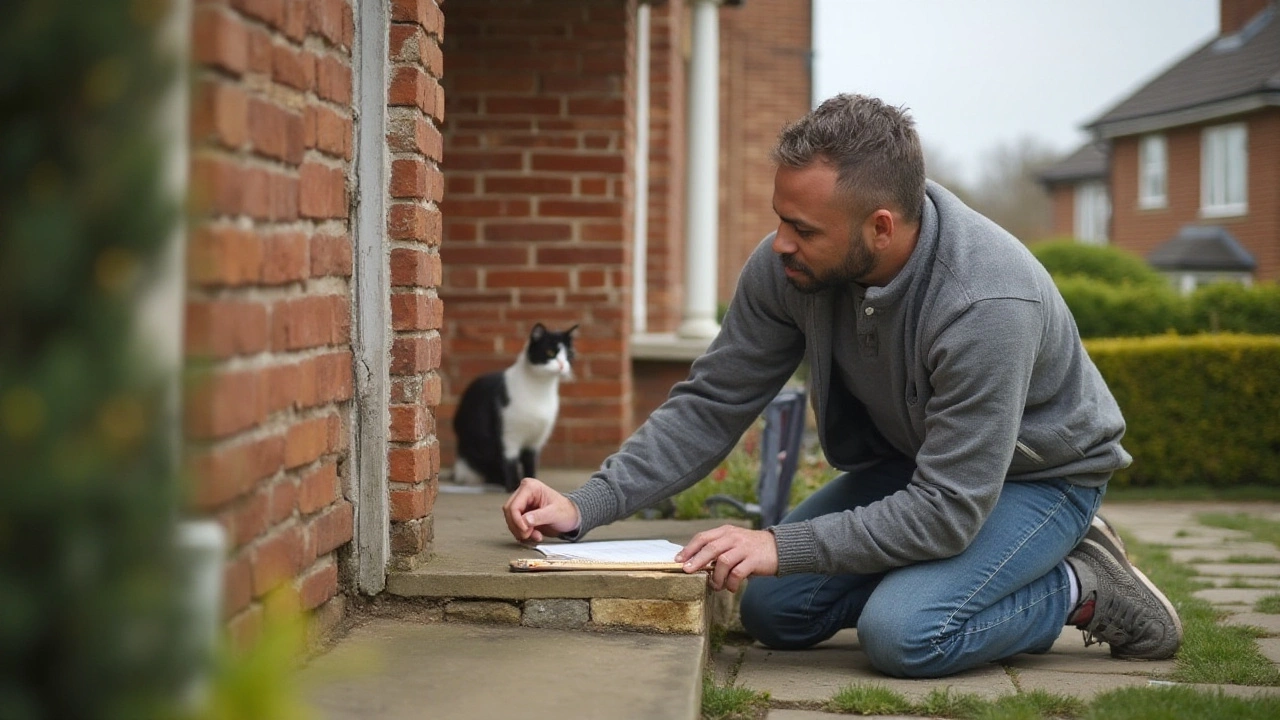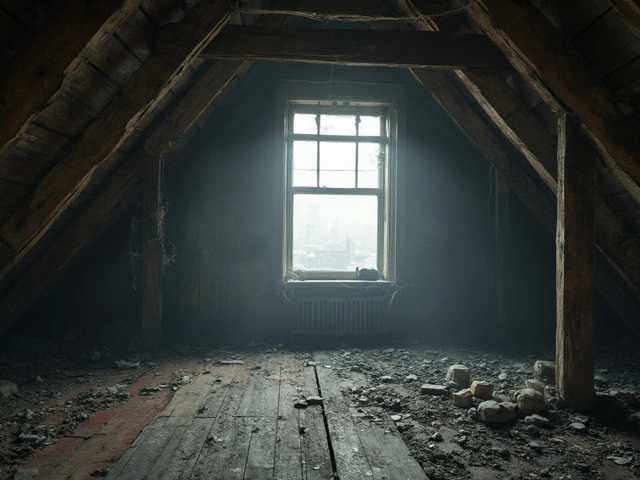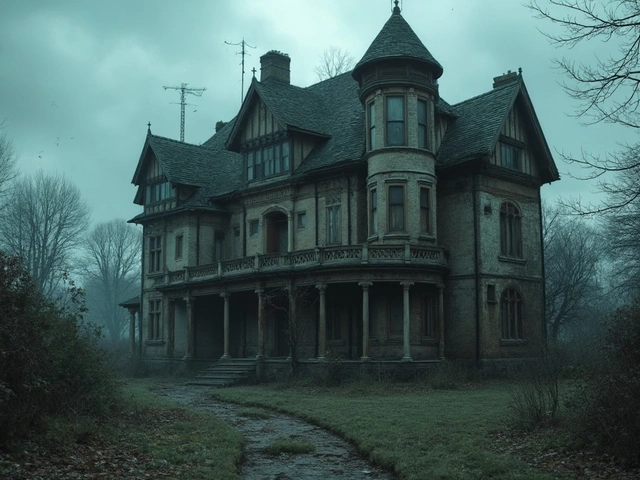DIY Foundation Fix: Simple Steps to Stop Cracks and Save Money
Not every foundation problem needs a contractor. Small hair‑line cracks, water pooling, or a sloping yard can often be fixed yourself with the right tools and a bit of know‑how. Below are the most common DIY fixes, how much they usually cost, and the signs that say it’s time to call a pro.
Spot the Problem Before You Start
First, walk around the perimeter of your house. Look for cracks bigger than 1/8 inch, doors that stick, or windows that won’t close properly. Check the basement for damp spots or water stains. If you see a single thin crack, it’s often a drying shrinkage crack and can be sealed. Multiple cracks or big gaps usually mean a deeper issue.
Quick DIY Fixes
1. Seal Small Cracks
Buy a concrete crack sealant or epoxy kit from a hardware store. Clean the crack with a brush, push the sealant in with a caulking gun, and smooth it with a putty knife. This stops water from getting in and prevents the crack from growing. A sealant kit typically costs £15‑£30.
2. Improve Drainage
Water pooling near the foundation is a major cause of movement. Install a French drain or add a layer of gravel at the footing. Make sure downspouts discharge at least 2 meters away from the house. A simple gravel trench costs about £50‑£100 for a small run.
3. Re‑grade the Soil
If the ground slopes toward your house, use topsoil to create a gentle slope away from the foundation. A 5‑degree slope is enough to guide water away. This job only needs a shovel and about 2‑3 cubic meters of soil, costing roughly £30‑£60.
4. Install a Sump Pump
For basements that stay wet, a sump pump can keep water out. Purchase a basic pump with a float switch for around £100‑£150, install it in the lowest part of the basement, and connect a discharge pipe to the exterior.
When DIY Isn’t Enough
If you notice any of these, call a professional:
- Cracks wider than 1/4 inch or expanding quickly.
- Doors or windows that won’t stay closed even after you fix cracks.
- Significant settlement – floors feel bouncy or walls are uneven.
- Large water leaks that keep returning after a sump pump.
Structural movement can cost thousands to repair, and a bad DIY job might make things worse. A qualified structural engineer can assess the damage and suggest the right solution, whether it’s piering, wall anchors, or a full foundation replacement.
Budgeting Your DIY Fix
Here’s a quick cost snapshot:
- Sealant kit: £15‑£30
- Gravel for a French drain (per meter): £5‑£8
- Topsoil for re‑grading (per cubic meter): £10‑£20
- Sump pump kit: £100‑£150
- Tools (shovel, level, caulking gun): £30‑£60 if you need to buy them
Most small DIY projects stay under £300. If you need professional help, expect a minimum of £800‑£1,200 for a basic structural repair, and much more for major underpinning.Fixing foundation issues early can save you big money and protect your home’s value. Start with the easy fixes, watch the results, and know when to bring in an expert. Your house will thank you.
DIY Foundation Crack Repair: Can You Do It Yourself?

Cracks in the foundation of your home can be alarming. This article explores whether homeowners can repair foundation cracks themselves, guidance on identifying cracks that are safe to fix, and step-by-step tips for undertaking such repairs. Before diving into DIY solutions, it also provides advice on when it's best to call in a professional. With a focus on practical instructions, this guide aims to help you make informed decisions about home maintenance.
read more



